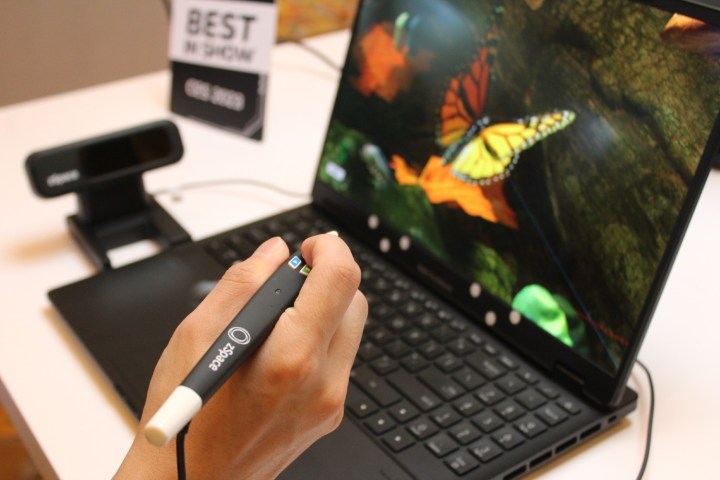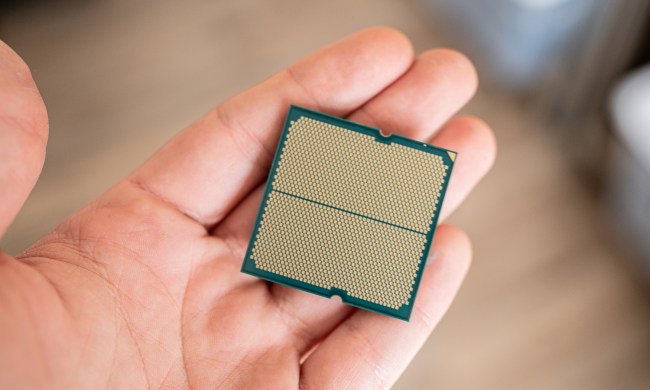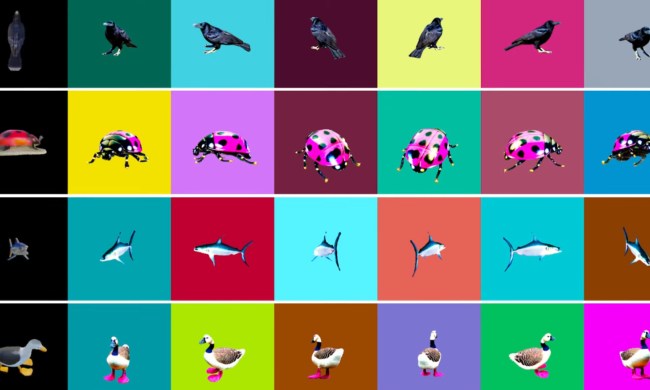I won’t blame you if you hear the phrase, “3D laptop screen,” and roll your eyes. I was skeptical about it too.
But I experienced two demos of these 3D laptop screens at CES 2023, and came away totally blown away by how immersive this technology was. The first experience I had with it was an actual gaming demo in an Acer Predator Helios 300 gaming laptop.
The technology is called Spatial Vision and comes from a company called Dimenco. Using eye-tracking cameras in the top bezel of the laptop, the system can precisely follow your face to create a perfect 3D image just for you. That means no headset and no 3D glasses.
Acer has been experimenting with it in a couple of models over the past few years, and it feels like it’s finally coming to a maturation point. But that’s not the demo that really sold me on the tech.

Over at Asus’ CES booth, the company showed me an example of the 3D display that really caught my attention. Asus has integrated the 3D screen into the ProArt Studiobook 16 OLED — it’s even coming to a cheaper Vivobook model — and in the demo, combined it with a stylus from zSpace. Using a third camera that attached to the laptop via USB-C, it could track my use of the stylus in 3D space. In other words, I could now interact with these virtual objects in 3D space.
The demos were simple. In one, I was just moving around a flapping butterfly or some leaves in a forest environment. In a medical use case, I could inspect a virtual heart, seeing the arteries and rotating it in 3D space. I don’t know how practical any of this stuff is, to be honest, but the technology itself is stellar.

The quality of the display was a big reason why it was so compelling. The ProArt Studiobook 16 has a 3.2K OLED screen with a 120Hz refresh rate, meaning these environments and 3D objects were sharp and smooth, even when bringing them right up to my eyes. More lifelike animation and resolution goes a long way toward selling your brain on the idea that what you’re seeing is real — at least it did for me.
In a world that’s failing to sell people on putting headsets and glasses on their faces, the mixed-reality potential of 3D displays like these make me really excited for the technology — especially once some more practical use cases are developed.



